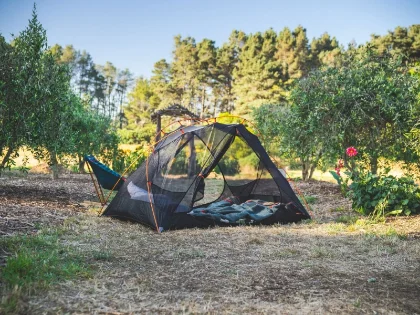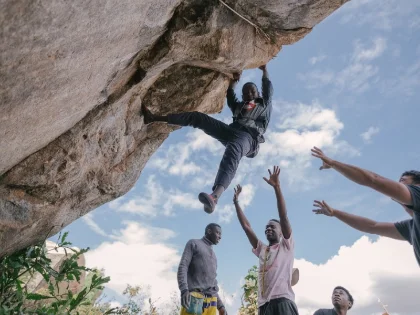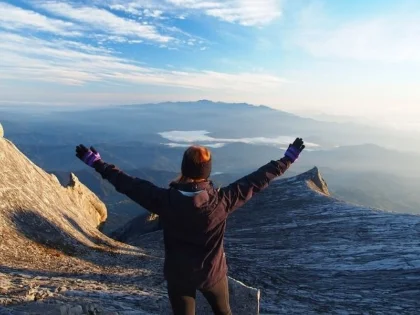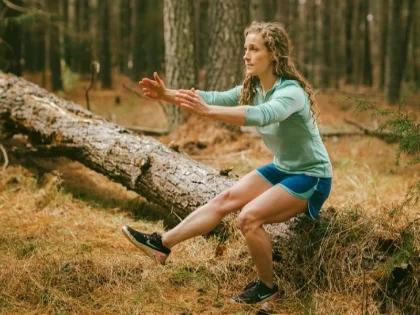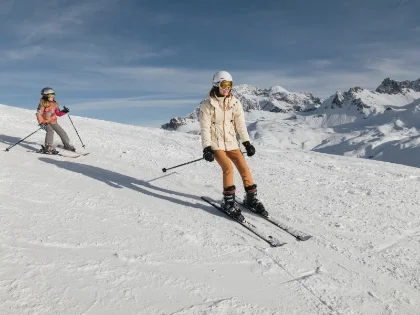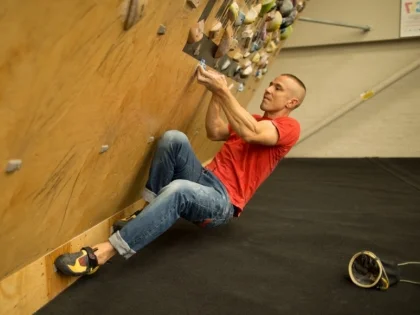Does Climbing Help With Lats?
Climbing is a highly energy-efficient activity since it frequently involves a step, reach, and step rhythm. As your core muscles support your torso and legs, it also provides a tough exercise for them.
The lats, also known as latissimus dorsi, are the main beneficiaries of this exercise, although the rhomboids and anterior deltoid also receive a decent workout.
The Lats

The largest muscles in your upper body, the lats (also known as latissimus dorsi), link your shoulder to your back and sides. These muscles are lengthy and taper into a point at the end, giving you the appearance of a "V-taper" or Dorito. The lats influence posture and are engaged in spinal mobility. Poor posture is a result of weak or tight lats, which have a propensity to pull the shoulders down and forward, which can hurt and stiffen the spine.
The lats are the main muscles utilised to extend the humerus, or upper arm bone, during a pull-up exercise. The smaller muscles that flex the elbow then help them. Because they aid in expanding the rib cage during inhalation and contracting it during exhalation, the lats are also engaged in breathing.
The Rear

Climbing is a good way to work out the latissimus dorsi and rhomboids, two important back muscles. It also works the middle and lower trapezius, as well as the tiny, less noticeable rear shoulder muscles. Climbing develops the isometric muscular contractions that help you keep yourself in place (as when you're hanging by a rope from the ceiling) and strengthens these muscle groups.
There is a drawback to this back-taxing exercise: climbing can create excessive backbends that place too much pressure on your spine's facet joints, especially in the lower back, which can lead to pain. When ascending, try to prevent having too much backbend by maintaining an extended upper back rather than a rounded one and sitting evenly on your seat bones.
Climbing has another drawback: it doesn't burn as many calories as other cardiovascular exercises like spinning. For this reason, you should eat well on the days you climb. To help you stay going, you should definitely have a snack high in protein and carbohydrates before your climb.
The Arms

Climbing requires the forearm muscles, which are responsible for bending the wrist and fingers. Actually, at least 20 muscles in the forearm are responsible for the majority of wrist and finger movements. These muscles begin from the elbow and wrist and end at the ends of the fingers, running almost exactly parallel to one another.
These muscles shorten as a result of repeated isometric contractions made while climbing, which restrict blood flow and stop chemicals from moving from the muscle to the blood vessel. This causes lactic acid to accumulate, which causes weariness, discomfort, and oedema.
The good news is that strength training exercises like push-ups help balance the forearm, finger, and hand muscles and enhance grip strength on crimps, so preventing a pump isn't just about rest. A proficient climbing method can also prevent pumping by precisely and swiftly placing feet on holds (known in French as "avoir les bouteilles," or having bottles for arms). You can postpone a pump by using your extensor muscles and avoiding over-gripping.
The Pectorals
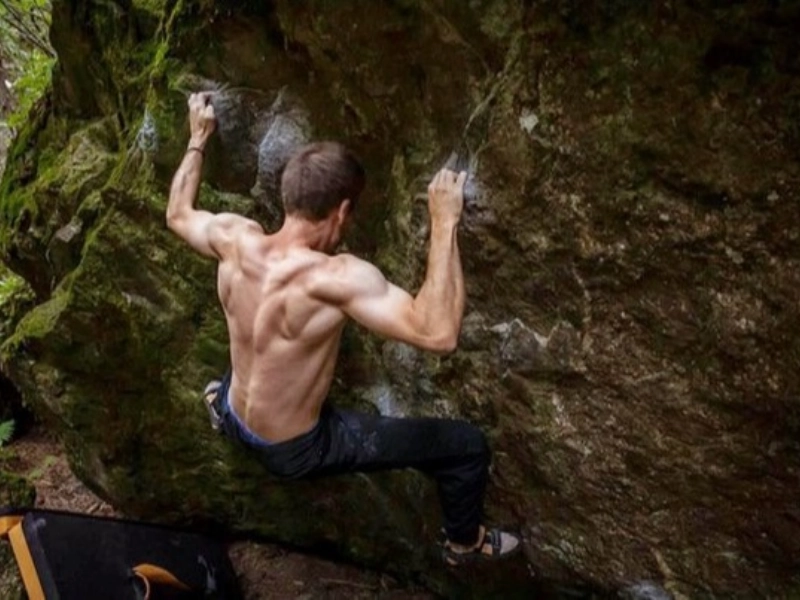
Your lats and biceps will be heavily used during a climb, while your chest, shoulders, and upper arms will be used less frequently. This may result in injuries, a hunched back, or imbalances that cause tingling or numbness in your left shoulder.
Increase the number of chest-targeting training movements you perform, such as dumbbell presses, barbell bench presses, push-ups, and pull-ups, to address this imbalance. These workouts also assist you in strengthening your core, which will enhance your climbing and help you avoid accidents.
The clavicular head, which flexes your arm at the elbow joint, and the sternocostal head, which adducts your arm at the rib cage, make up your pectoral muscles. When performing exercises like chin-ups, both heads work together to support your latissimus dorsi, which carries out the majority of the work involved in all klimmerbewegungen while climbing.
